Best Times for Chimney Cap Replacements
Chimney cap replacements are most effectively performed during dry, mild weather conditions. Optimal times include spring and early fall when temperatures are moderate and precipitation is less frequent. Performing replacements during these periods helps prevent delays caused by adverse weather and ensures the work can be completed safely and efficiently.
Spring offers moderate weather, reducing the risk of rain or snow interfering with installation. It allows for thorough inspection and replacement before the heavy usage of winter.
Fall is ideal for replacement to prepare for winter, ensuring the chimney is protected from snow and ice damage during colder months.
High summer temperatures and winter cold can hinder replacement work, making spring and fall preferable seasons.
Heavy rain, snow, or freezing temperatures can delay or complicate chimney cap replacements, emphasizing the importance of choosing suitable weather windows.
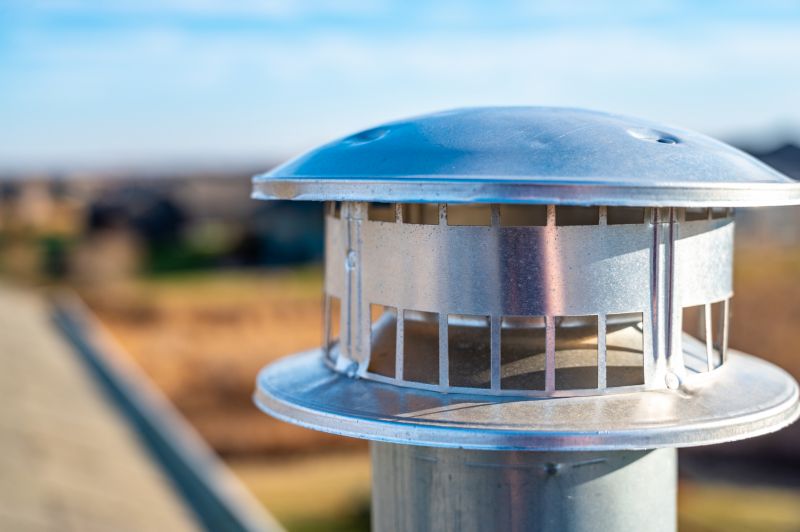
Ways to make Chimney Cap Replacements work in tight or awkward layouts.
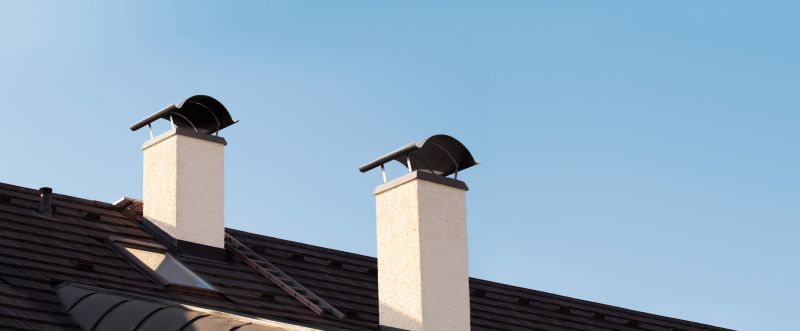
Popular materials for Chimney Cap Replacements and why they hold up over time.
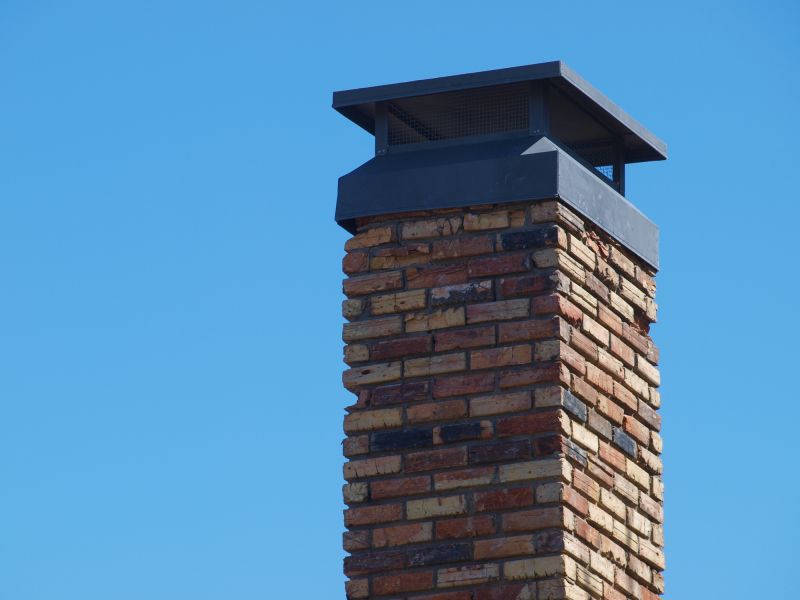
Simple add-ons that improve Chimney Cap Replacements without blowing the budget.
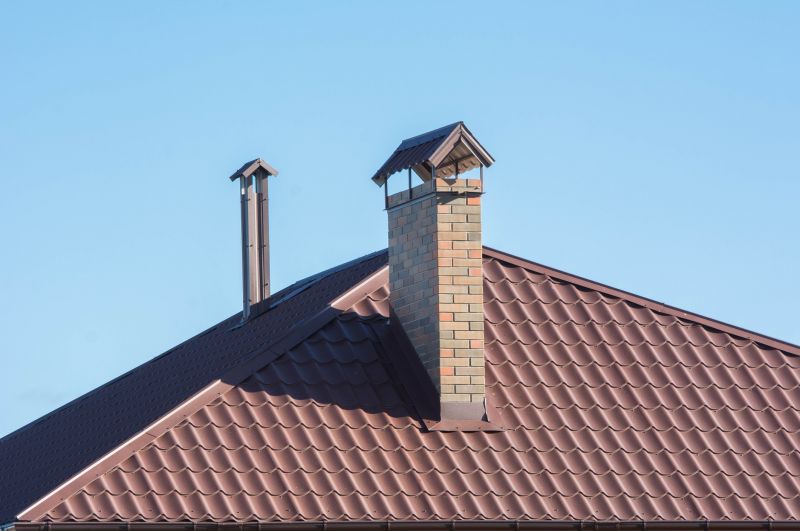
High-end options that actually feel worth it for Chimney Cap Replacements.
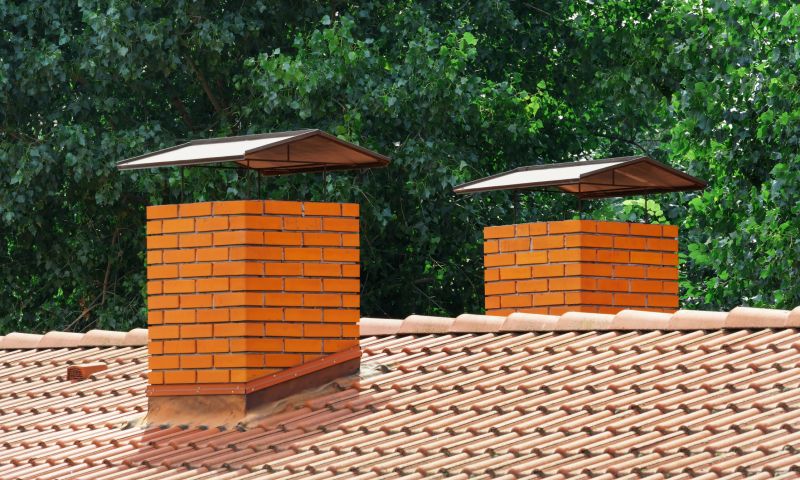
Finishes and colors that play nicely with Chimney Cap Replacements.
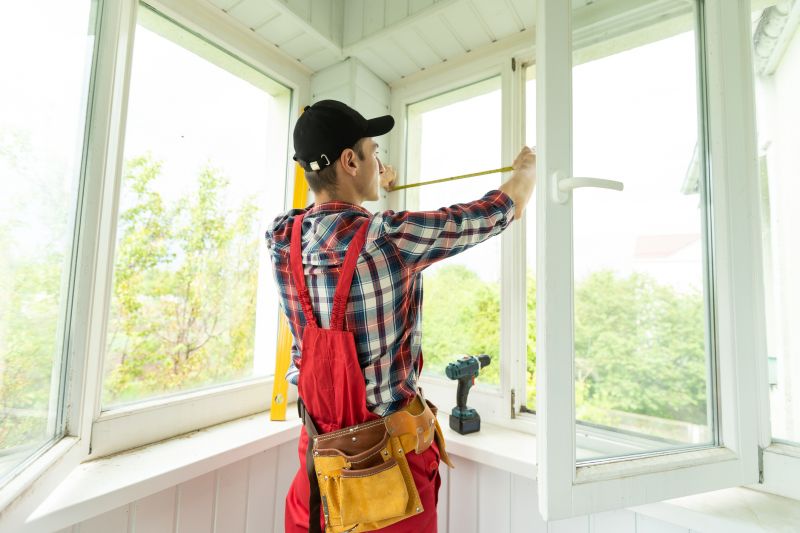
Little measurements that prevent headaches on Chimney Cap Replacements day.
| Season | Ideal Conditions |
|---|---|
| Spring | Moderate temperatures, low precipitation |
| Fall | Cool weather, before winter storms |
| Summer | High heat, potential thunderstorms |
| Winter | Cold, snow, and ice conditions |
Statistics indicate that chimney caps can last between 10 to 15 years, depending on material quality and exposure to weather. Replacing a damaged or worn cap can prevent costly repairs caused by water leaks or pest infestations. Proper timing of replacement ensures the chimney remains functional and protected during peak usage seasons.
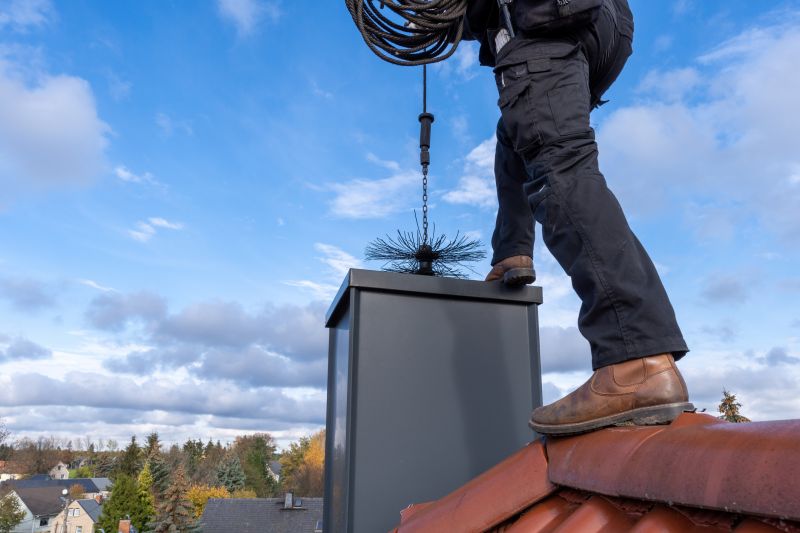
A 60-second routine that keeps Chimney Cap Replacements looking new.
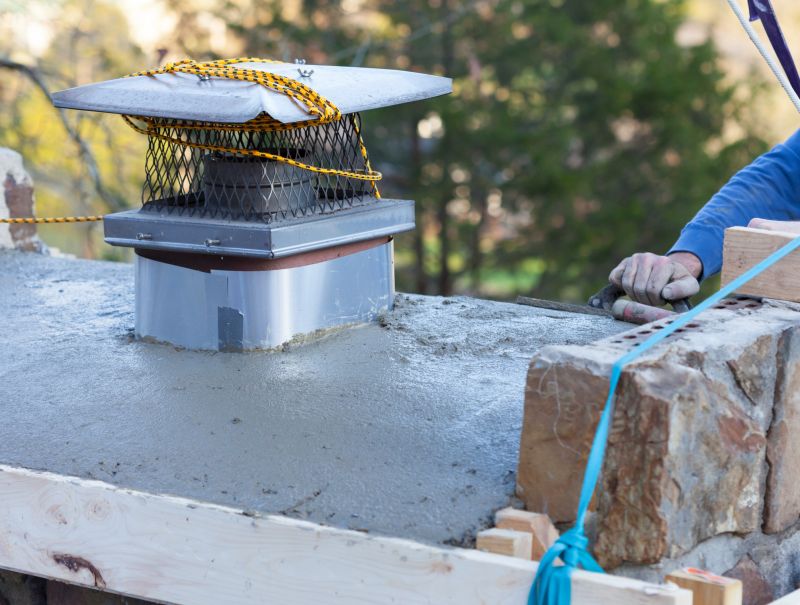
A frequent mistake in Chimney Cap Replacements and how to dodge it.
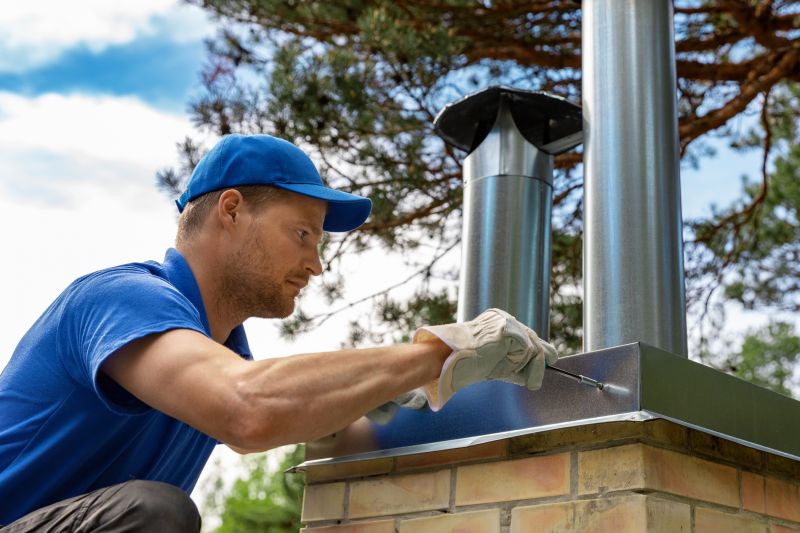
Small tweaks to make Chimney Cap Replacements safer and easier to use.
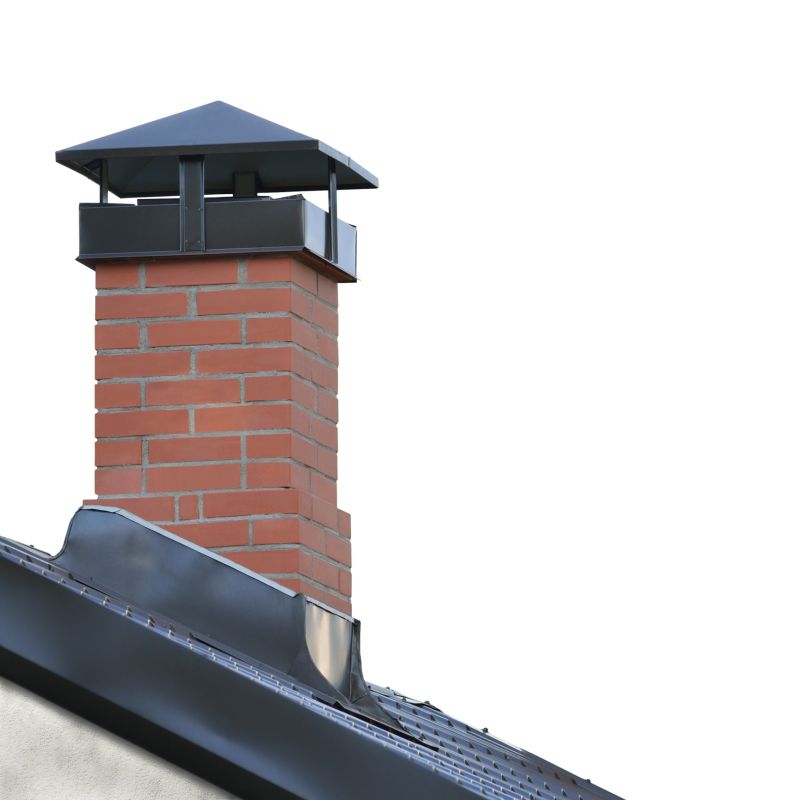
Lower-waste or water-saving choices for Chimney Cap Replacements.
For those considering chimney cap replacement, timing is essential to avoid weather-related delays and ensure optimal protection. Interested parties are encouraged to contact for further information or to schedule an inspection to determine the best timing for replacement based on local climate conditions.
